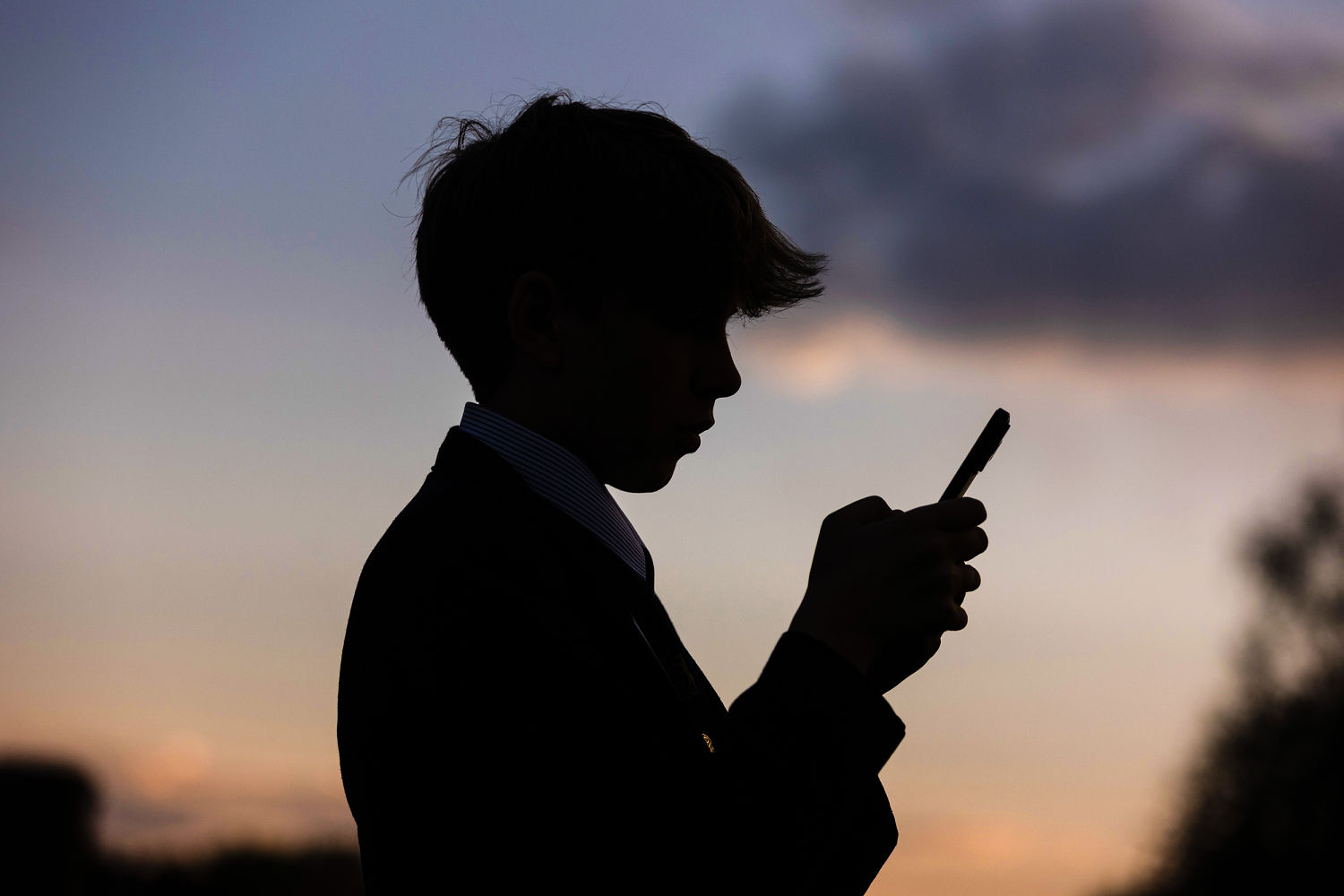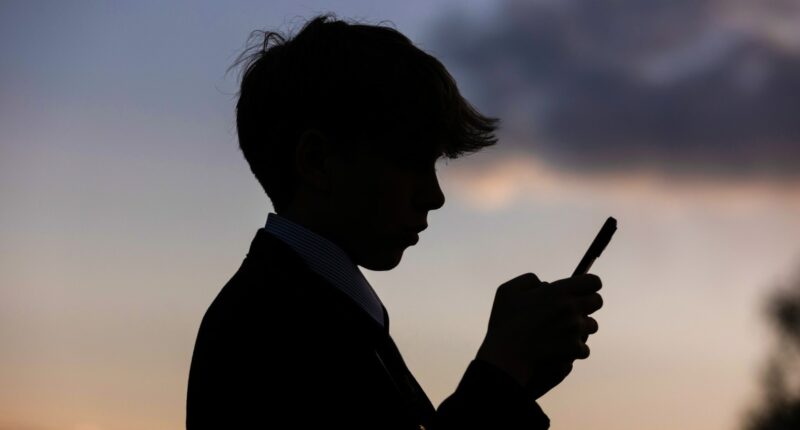Share this @internewscast.com

Instagram announced on Tuesday that it plans to revamp its handling of teenagers’ accounts and intensify control over their exposure to inappropriate content following widespread criticism about teen engagement on the platform.
Meta-owned Instagram declared a set of modifications intended to make teens’ interactions on the platform resemble the experience of watching PG-13 movies, imposing similar restrictions on explicit content and mature material.
Among the new measures, Instagram revealed its intent to implement age-gating: if an account consistently shares content that is unsuitable for certain ages — such as promoting alcohol or linking to pornographic sites — the platform will prevent all teen users from viewing or communicating with that account.
Instagram mentioned that the age-gating policy might also extend to celebrity or popular adult accounts. However, they did not specify the exact criteria for adult accounts to avoid age-gating. A company spokesperson indicated that a single instance of inappropriate content would not be sufficient to strip an adult-operated account of its access to a teen audience.
Other apps, such as YouTube, also use age-gating to restrict access to certain types of content.
Additionally, Instagram will expand restrictions on teens’ search capabilities to exclude a broader array of adult-oriented search terms, enhancing its current restricted terms list.
These updates are specific to teen accounts, which either youths have registered using accurate birth dates or accounts Instagram has identified through its own analysis as likely belonging to individuals under 18.
It is common for teens to lie about their ages online to avoid certain restrictions. A 2024 survey of U.K. teens by the media regulator Ofcom found that 22% of 17-year-olds said they lied on social media that they were 18 or older.
A representative for Instagram said it tries to catch teens who lie about their ages but declined to say how often it finds them doing so.
In announcing the latest changes, Instagram said it was borrowing the thinking behind the PG-13 movie rating, which suggests “parental guidance” because of “some material parents might not like for their young children.” The film industry voluntarily released the modern film rating system in the 1960s when it, too, was facing the threat of government regulation.
“Just like you might see some suggestive content or hear some strong language in a PG-13 movie, teens may occasionally see something like that on Instagram — but we’re going to keep doing all we can to keep those instances as rare as possible,” Instagram said in a statement.
The company said that for teen accounts, it would hide or not recommend posts with strong language, certain risky stunts, sexually suggestive poses or marijuana paraphernalia. It also said artificial intelligence experiences for teens would be “guided by PG-13 ratings by default,” with limits on the types of responses given.
It said the same content restrictions would apply until account holders become adults, providing the same experience to 17-year-olds as to 13-year-olds.
Some parents have complained for years that Instagram, TikTok and other social media apps do not do enough to protect teens’ well-being. Last year, during a Senate hearing, Meta CEO Mark Zuckerberg apologized to parents in the gallery who said Instagram contributed to their children’s deaths or exploitation.
Instagram does not verify self-reported ages at sign-up in the United States, and Meta is a member of two trade associations, NetChoice and the Computer & Communications Industry Association, that have sued to block state laws that would require age verification. In June, the trade groups won injunctions against state-mandated age checks in Florida and Georgia.
Instagram allows kids as young as 13 years old to create accounts. Last year, it introduced teen-specific accounts, saying all minors would be routed into such accounts automatically with limits on messaging and tagging.
Instagram says teens have created millions of teen-specific accounts, although it has declined to say how many of those accounts remain active after they are created.
Instagram is rolling out the overhaul after a withering year in the public spotlight. In August, Reuters reported that an internal Meta document permitted children to engage in “romantic or sensual” AI chats, including on an Instagram chatbot.
In September, two former employees of Meta testified before Congress that the company blocked their research into teen safety in virtual reality and avoided adopting certain safety measures if those measures would mean fewer teens use the company’s apps, including Instagram and Facebook.
“Children drive profits,” one of the former employees, Jason Sattizahn, said in an interview last month. “If Meta invests more in safety to get kids off of them, engagement goes down, monetization goes down, ad revenue goes down. They need them.”
Meta at the time criticized Sattizahn’s testimony and the testimony of another former employee, Cayce Savage, saying that their claims were “nonsense” and they were “based on selectively leaked internal documents that were picked specifically to craft a false narrative.” It said it had no “blanket prohibition on conducting research with young people.”
A report last month from several child safety groups, including Fairplay, criticized Instagram’s teen account features as failing to deliver substantial safety benefits. The report also urged that “recommendations made to a 13-year-old Teen Account should be reasonably PG rated.” Meta said that the report was misleading and that it misrepresented the company’s efforts.












